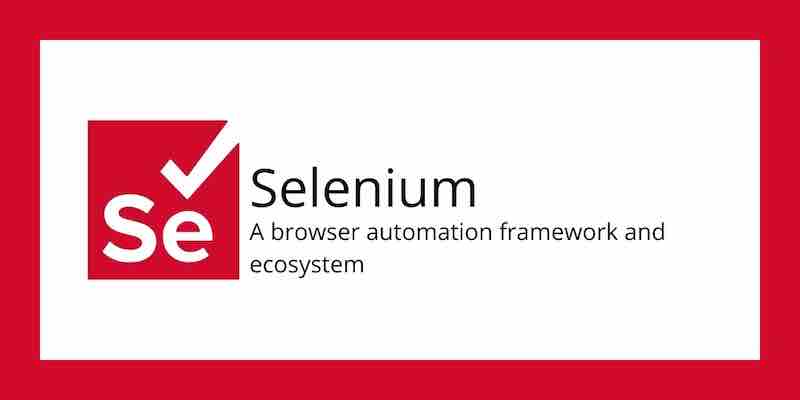Harnessing the Power of Selenium with Python

In the ever-evolving world of web development, automation has become a cornerstone for efficient testing and web scraping. Selenium, a powerful tool for controlling a web browser through programs and automating browser tasks, has become a popular choice among developers. Paired with Python, one of the most widely used programming languages, Selenium offers a robust solution to automate web browsers effortlessly. We are delving deep into the world of Selenium with Python, providing code samples to get you started on your automation journey.
Introduction to Selenium
Selenium is a powerful tool that allows developers to automate web browsers. Initially developed for testing web applications, it has been used in various fields, such as web scraping. With its simplicity and vast library ecosystem, Python pairs perfectly with Selenium, making web automation tasks more accessible and efficient.
What is Selenium?
Selenium is a suite of tools that helps in automating web browsers. It supports various browsers like Chrome, Firefox, and Safari. With it, you can control a browser’s actions like clicking, filling out forms, and navigating between pages programmatically.
Why Use Selenium with Python?
Python’s simplicity and readability make it a preferred choice for web automation tasks. Selenium allows for creating complex automation scripts that can perform various tasks, from testing web applications to data mining.
Setting Up Selenium with Python
Before we dive into code samples, let’s set up our environment for using Selenium with Python. Here’s how you can do it:
# Step 1: Install Selenium
!pip install selenium
# Step 2: Download the appropriate version of Chromedriver from https://sites.google.com/a/chromium.org/chromedriver/Basic Selenium Commands
Let’s explore some basic commands that you can use with Selenium:
Opening a Browser
from selenium import webdriver
# Initialize the driver
driver = webdriver.Chrome('path/to/your/chromedriver')
# Open a webpage
driver.get('https://www.example.com')Finding Elements
# Find element by ID
element = driver.find_element_by_id('element_id')
# Find element by name
element = driver.find_element_by_name('element_name')
# Find element by CSS selector
element = driver.find_element_by_css_selector('css_selector')Web Scraping with Selenium
Selenium can be used to scrape data from websites. Here’s a basic example:
# Navigate to the page
driver.get('https://www.example.com')
# Get page title
title = driver.title
print(f'Page Title: {title}')
# Get page source
page_source = driver.page_sourceAutomated Testing with Selenium
Selenium is widely used for automated testing of web applications. Here’s how you can create a simple test case:
def test_example_com():
# Navigate to the page
driver.get('https://www.example.com')
# Assert page title
assert "Example Domain" in driver.title
# Close the browser
driver.quit()We explored the powerful combination of Selenium with Python for web automation tasks. We covered setting up the environment, basic commands, web scraping, and automated testing with Selenium. With this knowledge, you can start your journey in web automation using Selenium with Python.